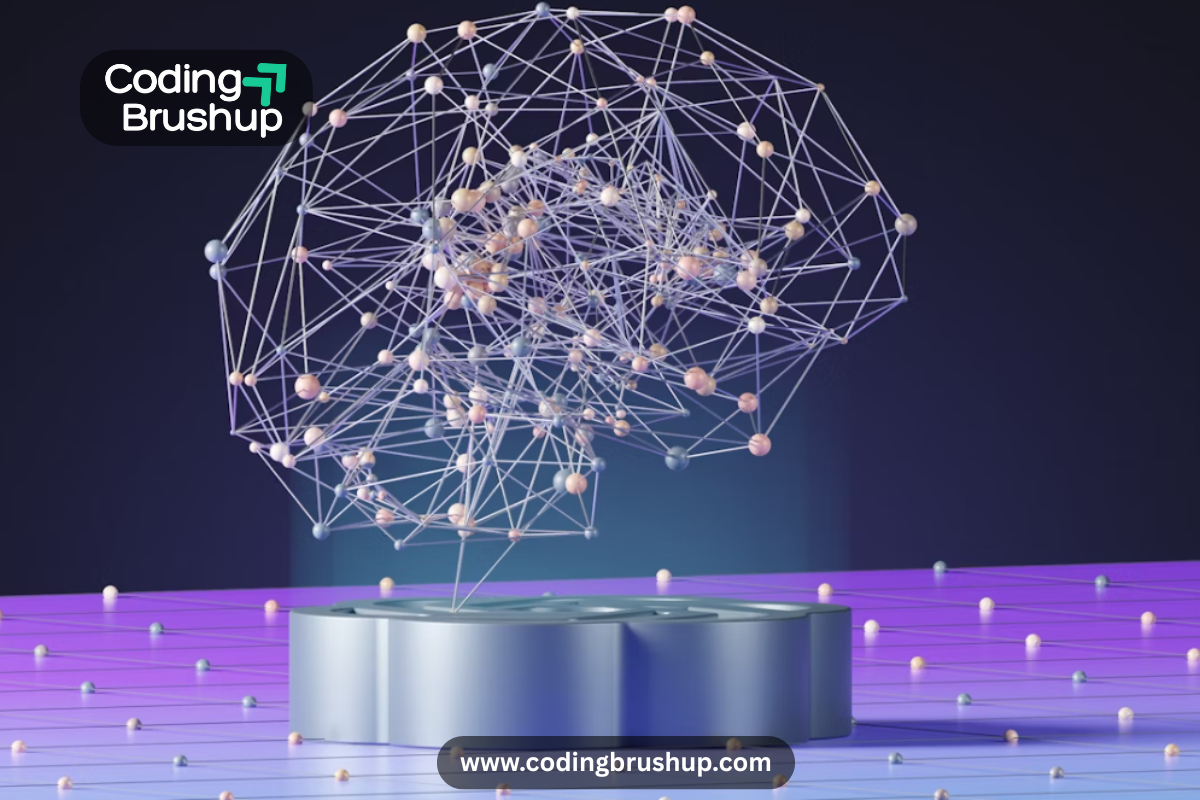Currently Empty: $0.00
Blog
How to Use AI for Personalizing Web User Experiences

Ever Wondered Why Some Websites Just Get You?
You visit a site and bam! your favorite products, your preferred language, your browsing history, all right there. It feels like magic, doesn’t it?
Well, it’s not magic. It’s AI-powered personalization at work.
In today’s fast-paced digital world, users expect more than just a functional website they want experiences tailored to them. And that’s where Artificial Intelligence (AI) steps in like a digital concierge, guiding users through content and experiences uniquely designed for them.
So how can you tap into this powerful trend? Let’s break it down together.
What is AI Personalization in Web Experiences?
Before we dive into the how, let’s clarify the what.
AI personalization refers to the use of artificial intelligence, like machine learning, natural language processing, and predictive analytics, to customize content, layout, recommendations, and other elements based on individual user behavior.
This goes beyond adding a user’s name to a greeting. Think personalized product suggestions, content recommendations, tailored layouts, chatbot conversations, and even predicting what a user might need next.
Why Personalization Matters More Than Ever
🔍 Let’s look at a quick comparison:
| Without Personalization | With AI-Powered Personalization |
|---|---|
| Generic homepage for all users | Customized homepage based on user interest |
| Static product lists | Dynamic product recommendations |
| No recognition of user journey | Predictive content based on past behavior |
| Lower engagement and conversions | Higher retention, engagement, and sales |
| One-size-fits-all emails | Behavior-based triggered emails |
See the difference? It’s not just about features, it’s about making users feel seen.
How to Use AI to Personalize Your Website (Step-by-Step)
Let’s get practical. Here are the most impactful ways to use AI to personalize your web user experience.
1. Behavior Tracking: The Foundation of Personalization
Ever heard the phrase “data is the new oil”? Well, it’s true.
AI needs data to work its magic. By tracking things like:
- Pages visited
- Time spent on content
- Click-through behavior
- Past purchases or signups
…you’re giving AI the raw material to learn what users like and want.
Tip: Use tools like Google Analytics, Hotjar, or Mixpanel to collect data, then feed it into AI models or personalization engines like Dynamic Yield or Adobe Target.
2. AI-Powered Recommendations: Netflix Knows Best
How often have you watched something just because Netflix recommended it? That’s AI-driven recommendation in action.
You can bring the same experience to your site:
- Show relevant blog posts
- Suggest similar products
- Offer tailored services based on past interest
Bonus: Use collaborative filtering algorithms to recommend items based on what other similar users liked. Amazon does this like a pro.
3. Dynamic Content Based on User Segments
Not every visitor is the same. A first-time visitor has different needs than a returning customer. AI helps segment users in real-time based on behavior and intent.
With this, you can:
- Show different homepage banners
- Offer tailored CTAs (calls-to-action)
- Display time-sensitive offers based on browsing behavior
Imagine greeting a returning visitor with “Welcome back! Here’s what you missed” how engaging would that feel?
4. Chatbots that Actually Chat
Basic chatbots are out. Smart, AI-driven bots are in.
These bots use Natural Language Processing (NLP) to:
- Understand user queries
- Deliver personalized responses
- Learn from previous interactions
Whether it’s guiding users to a product or helping with support, AI chatbots make the user experience faster and more efficient.
Tools to try: Drift, Intercom, or ChatGPT-based integrations.
5. Email Personalization Using Predictive AI
Let’s be honest, nobody likes spammy, irrelevant emails.
AI can analyze user behavior to:
- Send emails at the right time
- Recommend products/content likely to convert
- Predict when users are likely to churn and trigger re-engagement emails
This is a game-changer for eCommerce and content platforms alike.
Real-World Examples: Who’s Doing It Right?
Let’s take a peek at brands successfully using AI personalization:
- Spotify: Personalized playlists based on listening behavior
- Amazon: “Customers who bought this also bought…”
- Netflix: Custom thumbnails and recommendations
- Sephora: AI chatbot offering product suggestions based on skin type
The lesson? Personalization isn’t just a feature it’s a strategy.
Getting Started: Tools to Help You Implement AI Personalization
Here are some tools that make AI personalization accessible even if you’re not a developer:
| Tool | Use Case |
|---|---|
| Optimizely | A/B testing & personalized experiences |
| Dynamic Yield | Full-stack personalization platform |
| HubSpot | Smart content and behavioral email automation |
| Intercom | AI-powered chatbots |
| Segment | Real-time user data collection and segmentation |
Start with one, test results, and scale up.
Final Thoughts: Let’s Make the Web Feel Human Again
Personalization isn’t just about conversions and KPIs, it’s about creating meaningful digital interactions.
With AI, you can deliver smarter, faster, and more relevant experiences. And guess what? Your users will thank you with their time, trust, and loyalty.
So, ready to get personal?

